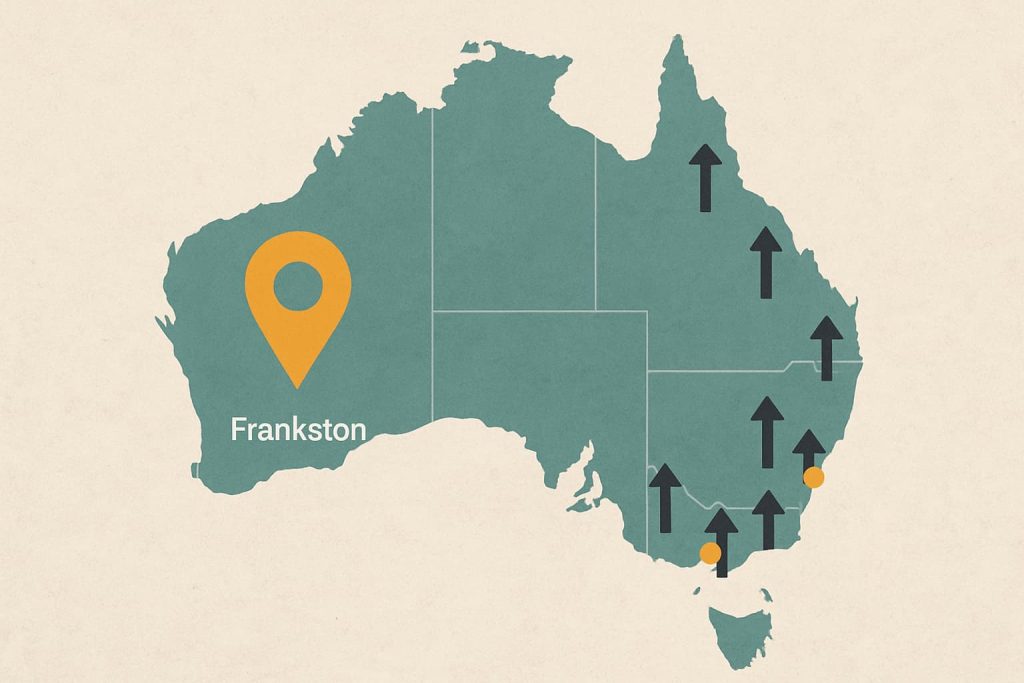Non-bank lenders are in line to grow their share of the commercial real estate debt market.
Forecasts suggest that as the big banks reduce their exposure to riskier commercial loans, non-bank lenders are set to step into the breach to the tune of $50 billion over the next three years.
Riskier assets the big banks will be looking to steer away from would include shopping malls, hotels, low-end offices and residential developments.
The big four banks used to have 85 per cent of the market but have reduced that down to around 71 per cent due to tighter lending regulations, the banking royal commission and higher capital holding requirements.
The big banks’ market share is expected to continue to fall to around the 65 per cent mark.
“I expect that the four major Australian banks will continue to reweight their commercial real estate debt portfolios in the wake of the pandemic and lower their exposure to the tourism and retail sectors in coming years,” Plan1 Consultancy’s Richard Jenkins told Australian Financial Review.
“They will focus on funding prime assets at low-leverage levels given the impending increased capital requirements to be implemented by APRA.”
The same capital requirements don’t apply to non-bank lenders.
Kathy Johnson is the co-founder of real estate debt advisory firm Yarraport and said the financing costs for residential development for non-bank lenders were twice those for the big banks but they had more flexibility around loan-to-value ratios and pre-sales requirements.
“We’ve yet to get one of these residential deals away with a major bank,” she told AFR.
“Post-COVID we did a deal with Australian Unity.
“We’re trying to get an office construction deal away with the banks.
“For office developments it’s difficult. All lenders look very closely at every tenant and how they have been impacted by COVID,” she told AFR.



